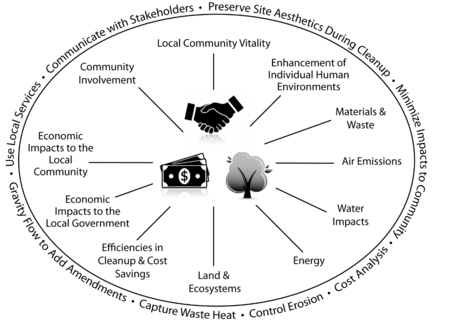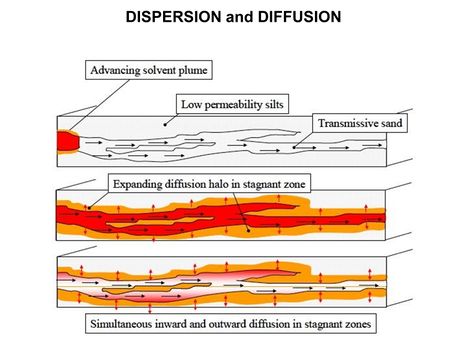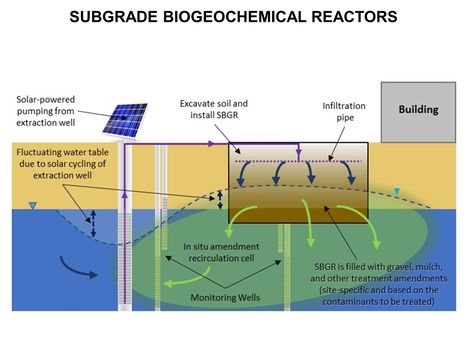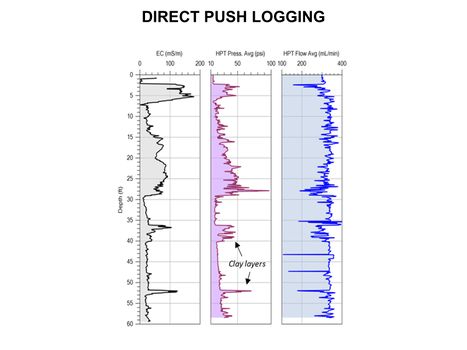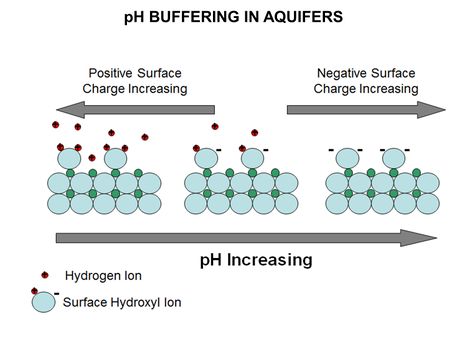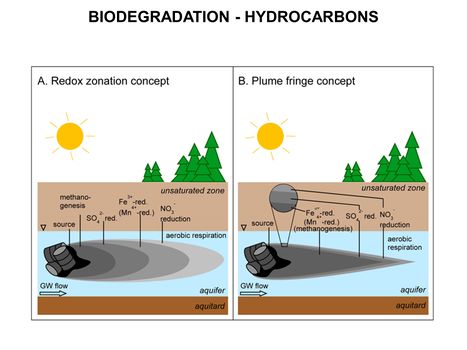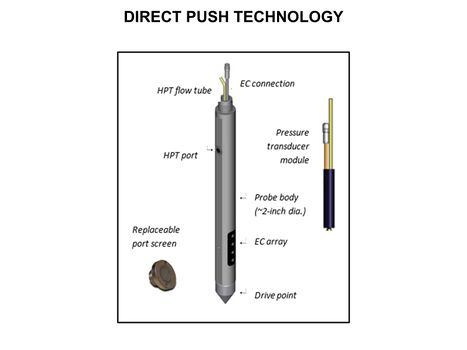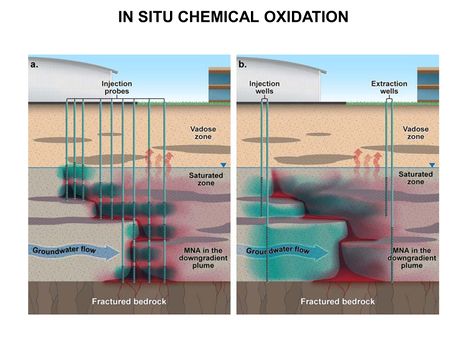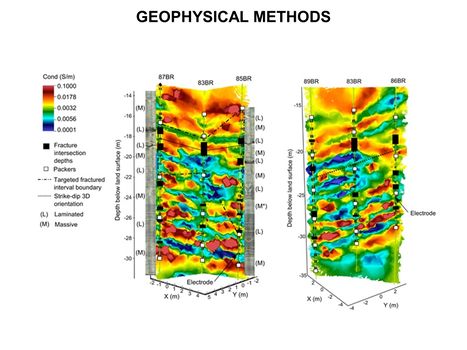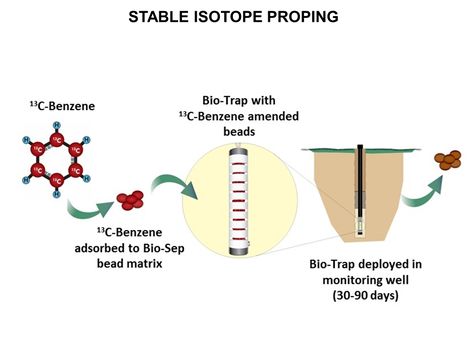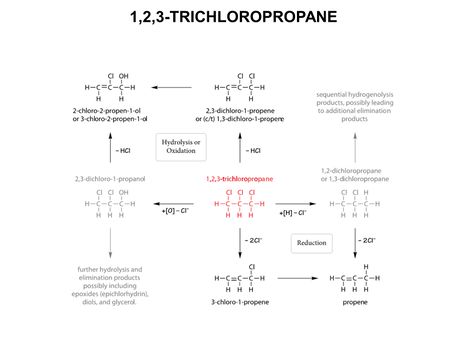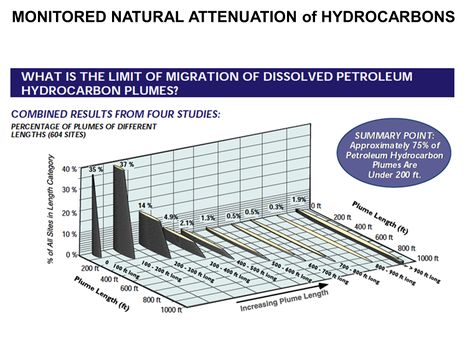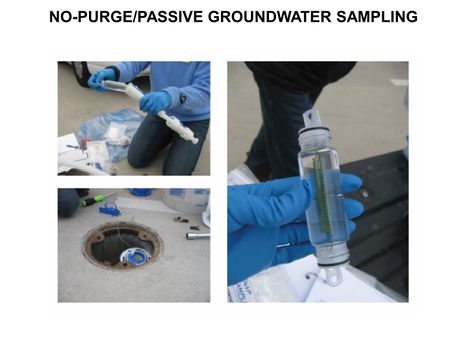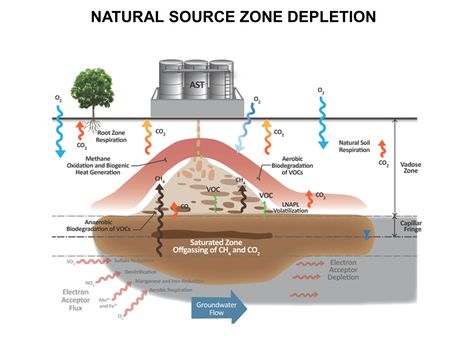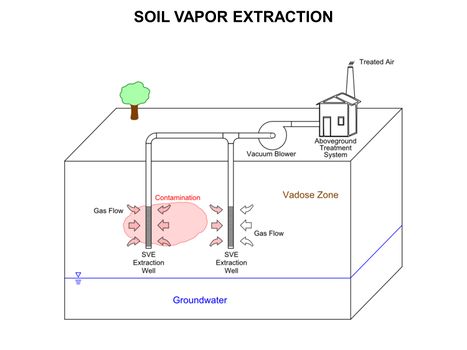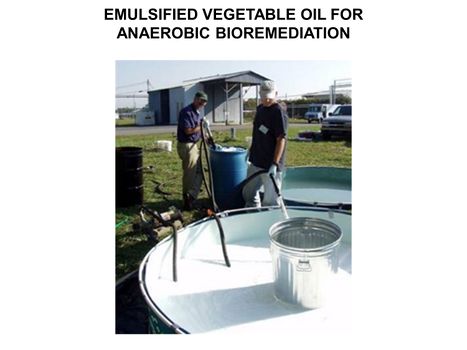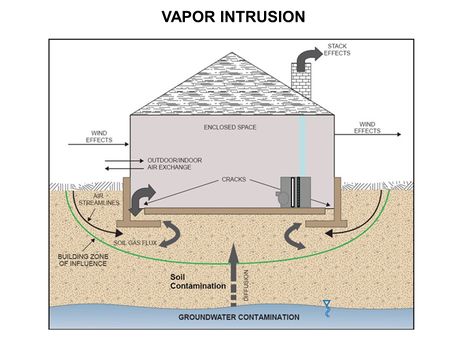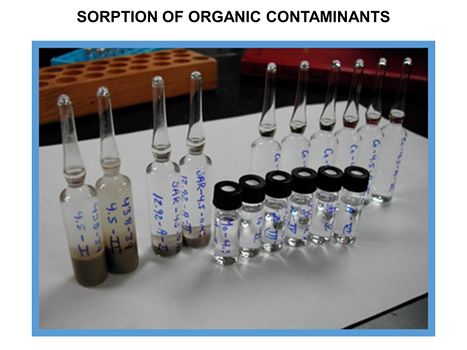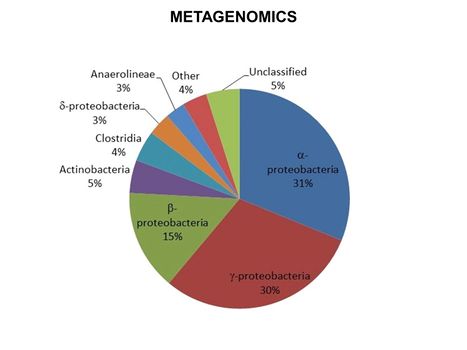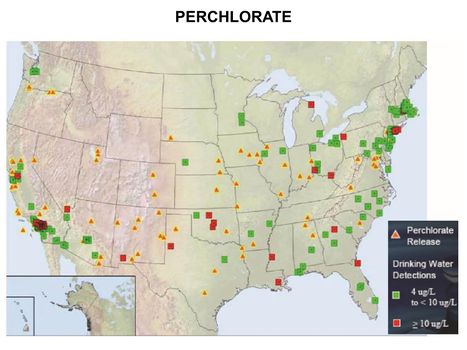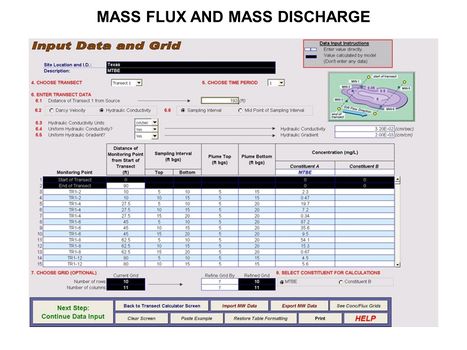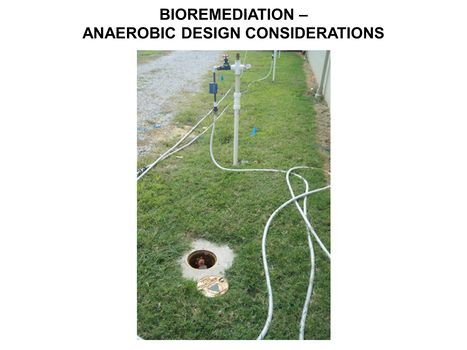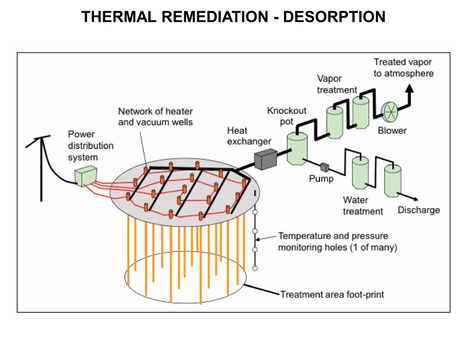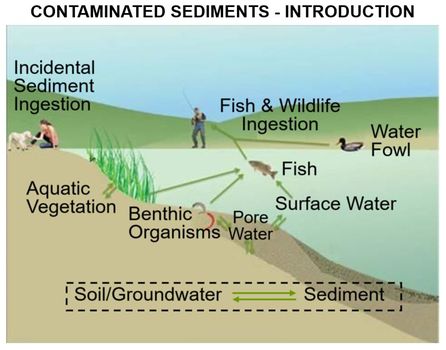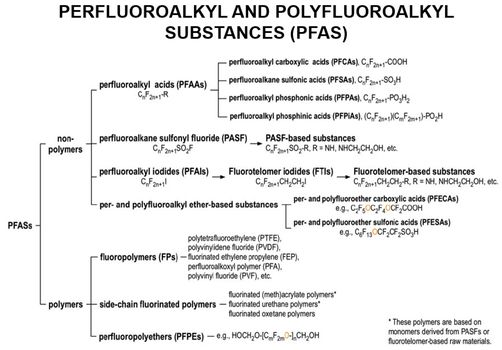Difference between revisions of "Main Page"
| Line 29: | Line 29: | ||
<div id="mp-itn" style="padding:0.0em 0.5em;"> | <div id="mp-itn" style="padding:0.0em 0.5em;"> | ||
| − | <slideshow sequence="random" transition="fade" refresh=" | + | <slideshow sequence="random" transition="fade" refresh="5000"> |
[[File:WH Picture1.JPG|thumb|center|x350px|link=Dispersion and Diffusion|Molecular diffusion slowly transports solutes into clay-rich, lower permeability zones]] | [[File:WH Picture1.JPG|thumb|center|x350px|link=Dispersion and Diffusion|Molecular diffusion slowly transports solutes into clay-rich, lower permeability zones]] | ||
| Line 75: | Line 75: | ||
*[[Dispersion and Diffusion]] | *[[Dispersion and Diffusion]] | ||
*[[Metals and Metalloids - Mobility in Groundwater | Mobility of Metals and Metalloids]] | *[[Metals and Metalloids - Mobility in Groundwater | Mobility of Metals and Metalloids]] | ||
| − | |||
*[[pH Buffering in Aquifers]] | *[[pH Buffering in Aquifers]] | ||
*[[Sorption of Organic Contaminants]] | *[[Sorption of Organic Contaminants]] | ||
| Line 92: | Line 91: | ||
**[[Geophysical Methods - Case Studies | Case Studies]] | **[[Geophysical Methods - Case Studies | Case Studies]] | ||
*[[Groundwater Sampling - No-Purge/Passive]] | *[[Groundwater Sampling - No-Purge/Passive]] | ||
| − | |||
*[[Long-Term Monitoring (LTM)|Long-Term Monitoring (LTM)]] | *[[Long-Term Monitoring (LTM)|Long-Term Monitoring (LTM)]] | ||
**[[Long-Term Monitoring (LTM) - Data Analysis | LTM Data Analysis]] | **[[Long-Term Monitoring (LTM) - Data Analysis | LTM Data Analysis]] | ||
| Line 114: | Line 112: | ||
*[[In Situ Treatment of Contaminated Sediments with Activated Carbon]] | *[[In Situ Treatment of Contaminated Sediments with Activated Carbon]] | ||
| + | |||
| + | <u>'''[[Light Non-Aqueous Phase Liquids (LNAPLs)]]'''</u> | ||
| + | |||
| + | *[[LNAPL Conceptual Site Models]] | ||
| + | *[[LNAPL Remediation Technologies]] | ||
| + | *[[NAPL Mobility]] | ||
<u>'''[[Munitions Constituents]]'''</u> | <u>'''[[Munitions Constituents]]'''</u> | ||
| Line 163: | Line 167: | ||
*[[Injection Techniques - Viscosity Modification]] | *[[Injection Techniques - Viscosity Modification]] | ||
*[[Landfarming]] | *[[Landfarming]] | ||
| − | |||
*[[Metal and Metalloids - Remediation | Remediation of Metals and Metalloids]] | *[[Metal and Metalloids - Remediation | Remediation of Metals and Metalloids]] | ||
*[[Remediation Performance Assessment at Chlorinated Solvent Sites]] | *[[Remediation Performance Assessment at Chlorinated Solvent Sites]] | ||
| Line 183: | Line 186: | ||
*[[N-nitrosodimethylamine (NDMA)]] | *[[N-nitrosodimethylamine (NDMA)]] | ||
*[[Perchlorate|Perchlorate]] | *[[Perchlorate|Perchlorate]] | ||
| − | *[[Perfluoroalkyl and Polyfluoroalkyl Substances (PFAS) | + | *[[Perfluoroalkyl and Polyfluoroalkyl Substances (PFAS)]] |
*[[Petroleum Hydrocarbons (PHCs)]] | *[[Petroleum Hydrocarbons (PHCs)]] | ||
*[[Polycyclic Aromatic Hydrocarbons (PAHs)]] | *[[Polycyclic Aromatic Hydrocarbons (PAHs)]] | ||
Revision as of 15:01, 17 September 2020
Peer Reviewed. Accessible. Written By Experts |
Your Environmental Information Gateway |
| The goal of ENVIRO.wiki is to make scientific and engineering research results more accessible to environmental professionals, facilitating the permitting, design and implementation of environmental projects. Articles are written and edited by invited experts (see Contributors) to summarize current knowledge for the target audience on an array of topics, with cross-linked references to reports and technical literature. | See Table of Contents |
Featured article: Sustainable RemediationThe use of aqueous film-forming foam (AFFF) can release PFAS into the environment during fire training, an emergency response, or as a result of leaks or spills from AFFF systems. Following AFFF releases, perfluoroalkyl acids (PFAAs), particularly PFOS, PFOA, and PFHxS, tend to be the most commonly detected PFAS in environmental media. PFAAs are relatively water-soluble and mobile in the environment, are not volatile (i.e., they do not evaporate to the atmosphere readily) and can sorb to the organic carbon present in soil or sediment. PFAS can bioaccumulate in animals and plants, and persistent PFAS, such as PFCAs and PFSAs, do not undergo significant biodegradation or biotransformation once present in a biological system. The human health issues associated with PFAS AFFF sites are primarily the exposure pathways associated with drinking water ingestion and dietary intake of PFAS. The characterization of toxicological effects in human health risk assessments is based on toxicological studies of mammalian exposures to per- and polyfluoroalkyl substances (PFAS), primarily studies involving perfluorooctanesulfonic acid (PFOS) and perfluorooctanoic acid (PFOA). The most sensitive noncancer adverse effects involve the liver and kidney, immune system, and various developmental and reproductive endpoints. Only PFOS and PFOA (and their derivatives) have sufficient data for USEPA to characterize as Likely to Be Carcinogenic to Humans via the oral route of exposure. Epidemiological studies provided evidence of bladder, prostate, liver, kidney, and breast cancers in humans related to PFOS exposure, as well as kidney and testicular cancer in humans and limited evidence of breast cancer related to PFOA exposure.
(Full article...) |
Enviro Wiki Highlights |

